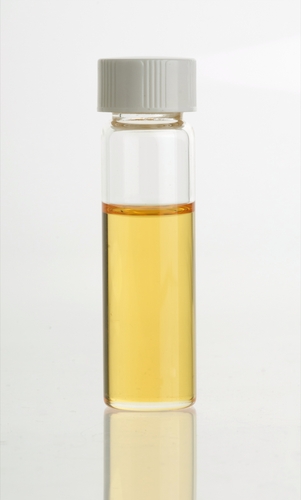Eastern Red Cedar : Modern Uses and Exciting Discoveries
One of the red cedar’s most valuable byproducts is cedar oil which is used in cosmetics, soaps, perfumes, polishes, and insect repellents. It is also used in a variety of aroma therapy practices. According to the US Environmental Protection Agency, cedar wood oil was registered as a pesticide in the United States in 1960 to repel moths from clothing. Currently, it is an active ingredient in five pesticide products used to control moths, fleas, and termites. Thus it makes sense that cedar wood is used in chests meant to harbor keepsakes as contents would be protected from pests and the elements thanks to properties of the oil.
Exciting new studies have also revealed other scientific properties of cedar oil that are of the utmost importance to the medical community. Ethnobotanical surveys indicate that in traditional medicines worldwide, several Juniperus species are utilized for their “diuretic, stimulant, antiseptic, anti-rheumatic, [and] antifungal properties." They are also used to alleviate gastrointestinal problems, expel parasites from the body, and heal wounds. Inspired by these practices, an experiment was conducted in 2012 at Gazi University in Turkey which tested the oil for such properties and concluded that Juniperus virginiana was “highly effective in the anti-inflammatory activity method."
Another study recorded in the May 2013 volume of Industrial Crops & Products found that red cedar leaves are a sustainable source of essential oil which has antioxidant properties and contains Podophyllotoxin—currently in high demand as the lead chemical precursor for the anti-cancer drugs etoposide and teniposide. Etoposide and teniposide are used to treat many cancers including lymphoma, acute leukemia, and small cell lung, testicular, ovarian and bladder cancers.
Additionally, other recent studies of renewable energy have described red cedar as a significant source of biomass fuel to be used in wood pellet stoves. This would decrease use of non-renewable fossil fuels and aid critical pollution reduction efforts.

